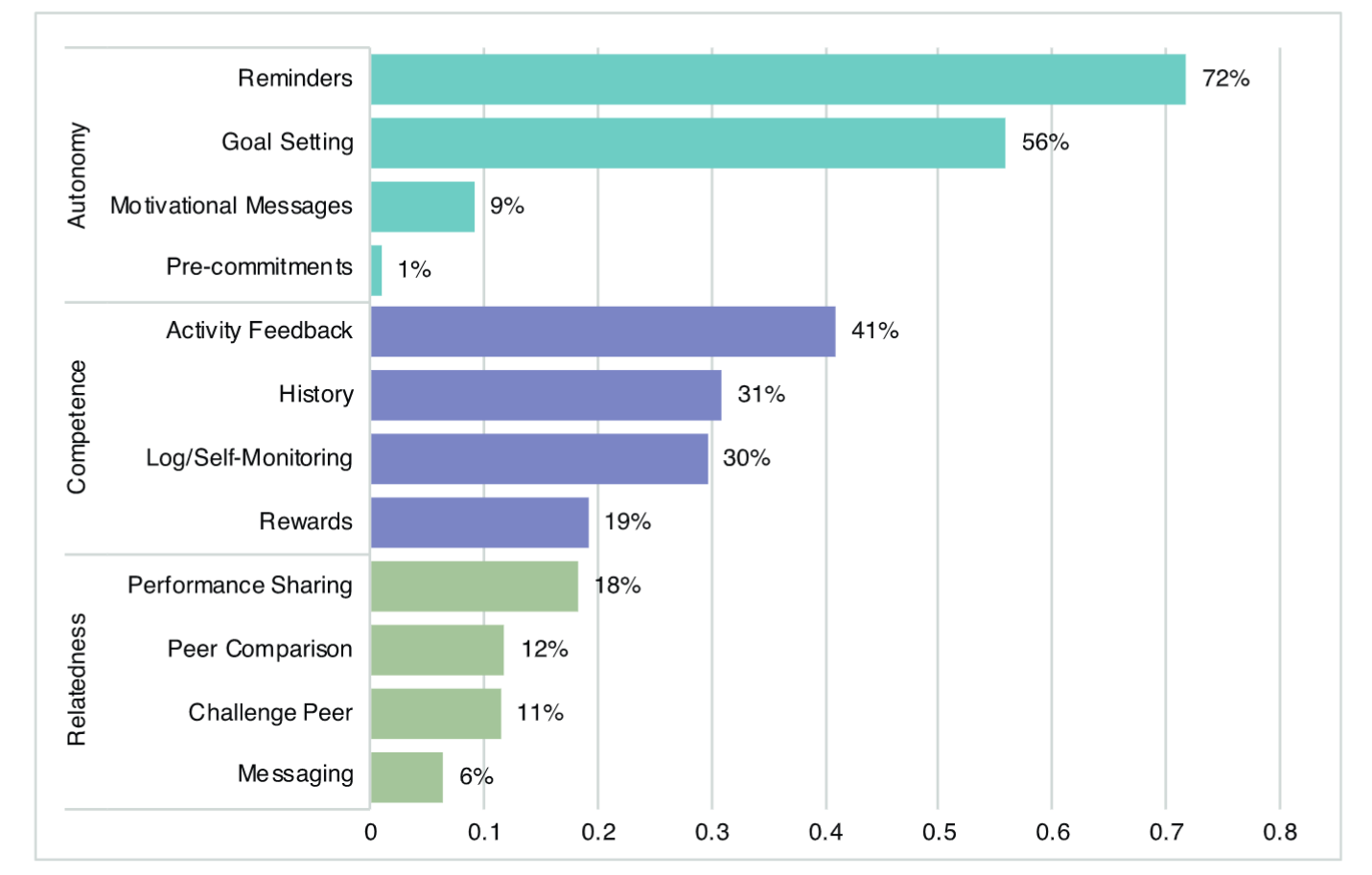Are You In The Behavior Change Business?
Yes, yes you are. You are trying to change non-giving (at least to your org) to giving or giving of time to giving of money or quitting giving to restarting giving.
For all behaviors needing to be changed. The only way to foster behavior change that sticks is by fostering high quality motivation. Motivation is not a mystery sauce, it has 3 key ingredients that are under your control.
- Competence – feelings of effectiveness. For donors, it could mean feeling like they’re making a positive difference. It could also mean learning something new, for example, the problem your charity is trying to solve.
- Relatedness – feelings of being connected and having a sense of belonging with others. Giving and contributing to others is one way people to satisfy their need for relatedness. But how much relatedness donors will actually experience depends on how well your campaigns can foster a meaningful sense of connection between them and both the people receiving their support and your charity. Touchpoints that are plainly role-bound, transactional, and empty of interpersonal salience are not likely to promote a sense of relatedness.
- Autonomy – feelings of willingness and volition. For donors, this first and foremost means not feeling guilted or otherwise pressured or into giving. Providing a convincing rationale, along with meaningful options for choosing how to give support are ways to increase donor autonomy satisfaction.
Does motivation really matter to fundraising success?
Even more than you might intuitively think. The red numbers are low quality motivation, the green is high quality. This is under your control.

What about a company whose entire business model hinges on two-fold, behavior change? There are more self-help, behavioral science infused, DIY, apps on the market than you can shake a stick at. We’ve probably all given one or more a go, for a little while…hence the challenge.
These apps are trying to get you to change your (e.g. diet, exercise, smoking cessation) by first becoming a regular, habitual user of their app. Double trouble. What can we learn from these folks?
This chart is from an audit of such apps. It further codes the presence or absence of tactical ways to help fuel high quality motivation broken out by the 3 key, psychological needs.

The most common nudge or tactic is reminders. I know you send follow-up asks for money if prospective donors don’t click on email 1 or respond to mailing 1 but are those really framed as reminders? And to function as a reminder one has to already have the task on their to-do list. Is that how charities think about giving?
We once did a mailing and an email that went to folks who typically give once a year but hadn’t yet given in the current year. It reminded them of their (mostly) regular past behavior, noted they hadn’t given yet, citing their likely non-giving as just being a lapse, and this was their chance to maintain their clear desire to be a part of X and keep helping Y.
What about goal setting? Do you help donors think about goals for their support? What about the goal of giving twice a year vs. once or sporadically? And what about framing it this way? I know you have a goal to get the person to give more than 1x a year but do they know that goal? The mere act of framing it that way and especially if they are the ones helping to set the goal by offering choice can increase their autonomy and therefore, motivation to do it.
Pre-commitment is another great idea that doesn’t really exist in fundraising world and apparently, barely in the commercial behavior change app world either. People who write down their next doctor’s appointment while in the office are more likely to show up for it. Ditto for voting; verbally committing to the act of voting makes the act more likely to happen – this is closing the Intention/Behavior gap.
Do you ask for pre-commitment to support?
Many of the Competence examples do often live in donor portals where folks can create an account, login and see their giving history and make changes to personal details. But, how often is this marketed as a way for them to see their impact and effectiveness versus a record keeping task?
Many of the Relatedness examples might live in parts of the event space and peer-to-peer fundraising but what about beyond that? We often try to foster a sense of community but that can be pretty abstract and ephemeral. The behavior change app makers invoke a more competitive thread to their attempts to build relatedness with performance sharing and peer comparison.
Behavior change is our entire world. If we want more of it we’ll need to think differently about how we foster high quality motivation. And remember, the meek borrow, genius steal.
Kevin



Are you familiar with the Transtheoretical Model or Stages of Change which was developed in the health care sector? I see a good fit here. https://www.prochange.com/transtheoretical-model-of-behavior-change
Oh, my God, do we have to really have this conversation. Expansion of the donor pool is not an objective, it is a strategy depending on an individual nonprofits fundraising plan. With all due respect most donors are under producers because the profession has dumbed down to not asking for well evaluated strategically, and cultivated gifts.
My advice is the trend is downward, and capacity is upward. Get more from less.